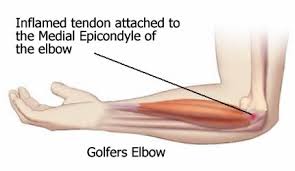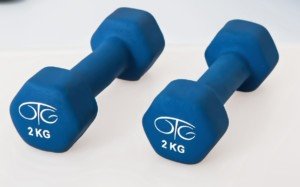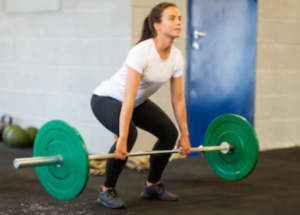
You won’t believe what cured my golfer’s elbow, and it wasn’t quite the standard “rest, ice and avoid the offending activity” either.
“While it may seem basic and most people understand the principle of rest, simply telling a patient to rest, ice and avoid offending activities, without a detailed explanation of the rationale behind it, usually falls on deaf ears,” says John-Paul H. Rue, MD, orthopedic sports medicine surgeon with Orthopedics and Joint Replacement at Mercy Medical Center in Baltimore, MD.
The doctor I had seen for my already self-diagnosed golfer’s elbow (medial epicondylitis) gave me the “rest, ice and avoid offending activities” dictum.
It was a short visit. She was a sports medicine doctor, too. I walked out of the office not feeling like I had gained any knowledge.
She had given me a brace to wear overnight (which ultimately proved useless).
So I decided, after suffering with left-side golfer’s elbow for what seemed like two years, to take matters into my own hands—literally.
“If I explained the anatomy, including the forces involved at the medial epicondyle for gripping a golf club during a swing, including the effect of chronic degeneration of the attachments of the tendons, I’d probably have an easier time convincing you of the benefits of rest, ice and avoiding the offending activity!” explains Dr. Rue.
And by the way, you need not be a golfer to develop this condition. I myself am not a golfer, but this condition is commonly caused by golfing, hence its name.
I developed it from doing something at the gym that incited repetitive stress, and it started out as mild, but I kept working out and overusing the joint, and then one day realized, “I have golfer’s elbow!”
Dr. Rue continues, “The bottom line is that most overuse injuries are just that…overuse injuries!
“Medial epicondylitis, or golfer’s elbow, can be frustrating because it’s difficult to avoid all forceful gripping activities, and the condition does often take considerable time to improve.
“We treat it similarly to tennis elbow, with rest, ice, avoidance of offending activities, counter-force bracing to off-load the tendon, and injections. Surgery is a last resort, but most people will improve with these non-operative treatments…with time.”
Best Exercises for Golfer’s Elbow
The key word here is “offending activities,” as in avoiding them. To cure my golfer’s elbow, I avoided the “offending activities.”
One of those activities was a deadlift exceeding 50 pounds. I avoided that at the beginning. Instead, I deadlifted a 45 pound barbell.
Another offending activity was a farmer’s walk with over five pounds per hand. Pre-elbow injury I was holding a 75 pound dumbbell in each hand.
As part of my self-designed therapy, I avoided the offending activity of heavy farmer’s walks and humbled myself with just a five-pound dumbbell in each hand.

The “offense” in the activity applied to the amount of resistance, not the actual activity. I had to retrain my elbow to get used to resistance.
The Secret to the Best Exercises for Golfer’s Elbow
There is a threshold where, if you apply just a tiny bit more resistance, you’ll aggravate the condition.
For me, that was five more pounds than 45 pounds for the deadlift. I “felt” it at 50 pounds.
So the plan was to always work just below that threshold, but to gradually move that threshold up over time.
This approach tricks the joint into thinking it’s still at the sub-threshold resistance, but you stealthily or sneakily increase the resistance over time.
The plan was to increase the weight in five-pound increments every week to two weeks (with twice-weekly sessions). I knew it would be forever by the time I got up to 95 pounds, let alone 135.

Shutterstock/Tyler Olson
But my reasoning was this: If I could get up to 135 without any tweaky feeling in my elbow, this meant that I was cured.
I used this same, small-increment approach to the farmer walks.
I did farmer walks every day at home, using combinations of five, three and eight pound dumbbells (e.g., when I could hold an eight pounder in each hand without “feeling” it, I placed an eight and three pounder for 11 total pounds in a shopping bag with a handle, then did farmer walks holding such shopping bag in each hand).
When I got up to 20 pounds per hand I reduced the frequency to three times a week, then eventually two at even heavier weight, then down to my usual once-a-week farmer’s walk when the amount of weight was back in the training range rather than rehab range.
It took at least 14 months before I felt I had licked this problem, but my standard was pretty high.
With that all said, I eventually conquered golfer’s elbow.
In my layperson’s, former-personal-trainer’s, personal-experience opinion, the best exercises for golfer’s elbow are the deadlift and farmer’s walk.
Remember, the “offense” is the amount of resistance, not the actual activity in and of itself.

 Dr. Rue
Dr. Rue









